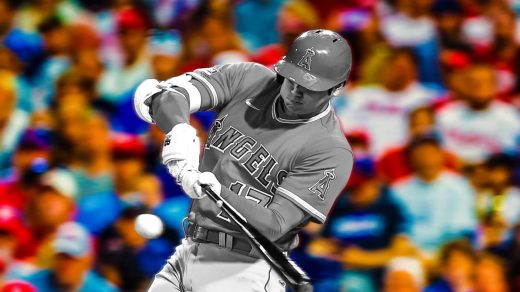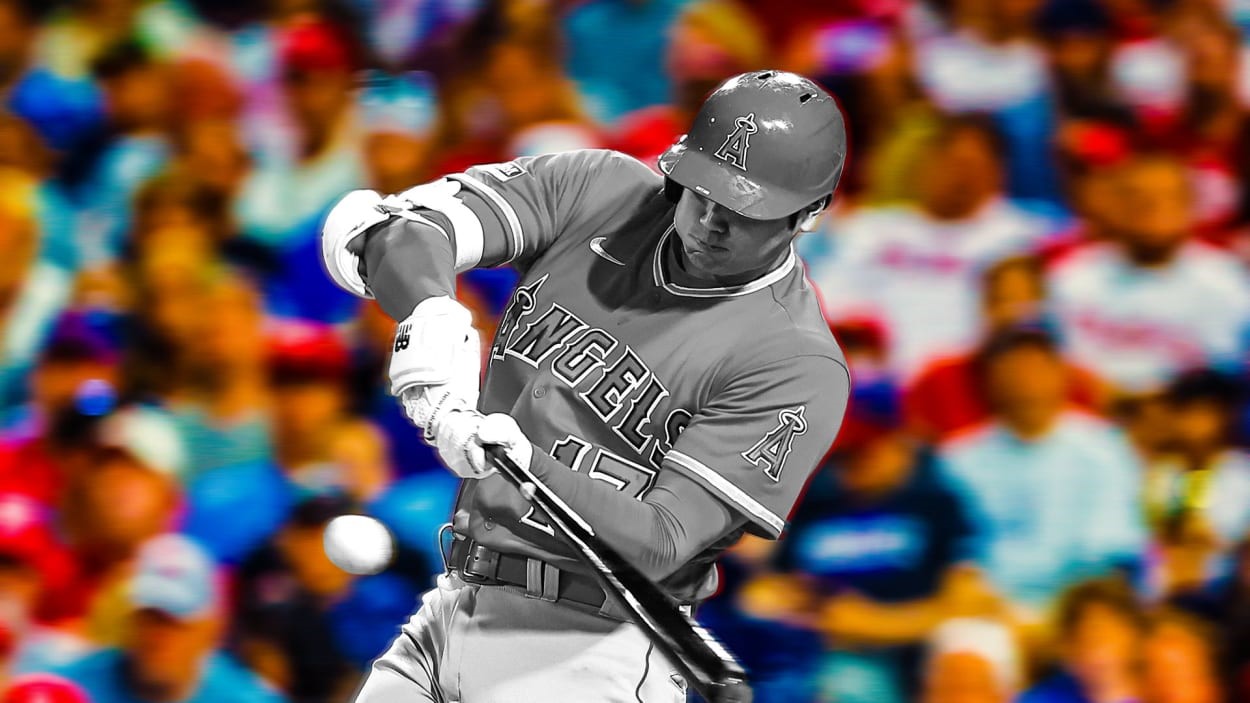How Major League Baseball hit a home run this season by listening to its fans
By Jeff Beer
It all could’ve gone horribly wrong. When Major League Baseball announced earlier this year that the 2023 season would feature a number of key rule changes, the moves undoubtedly set off alarm bells for traditionalists of the national pastime.
Yet something needed to happen. According to Statista data, regular season game attendance had been falling for six straight seasons, from 73.8 million in 2015 to 64.5 million in 2022.
The new rules included larger bases to increase safety and stolen bases, as well as new restrictions on defensive positional shifts, which had been cutting down on scoring. Perhaps most impactful was the introduction of a pitch clock, to force both pitchers and batters to expedite the action.
Chris Marinak, MLB’s chief operations and strategy officer, says all of these changes and tweaks are the result of a comprehensive research effort in listening to fans. “We didn’t just come up with these like, ‘Hey, this is a good rule for the baseball people’,” says Marinak. “It was about asking, how do we make the game better for fans? How do we listen to them and design a rule change that addresses that feedback?”
Enter the pitch clock. “We spent a lot of time trying to look at the composition of the game on the field and analyzing it for trends that exist in the fanbase today, and really listening to what our fans had to say,” says Marinak. “The pitch clock really attacked a lot of those things we heard: Take away some of the dead time, speed up the end of the game to make it more accessible to younger fans, get more action in the game like stolen bases, and it’s been a resounding success.”
As the playoffs get into full swing, Marinak and the league are looking back at a historic regular season. Overall attendance for 2023 rose to almost 71 million. That’s a 9.6% increase over last year. The average attendance per game (29,295) is up 9.1%, marking the highest percentage growth in 30 years. Seventeen clubs attracted more than 2.5 million fans for their home games this year, matching the most in MLB history. Meanwhile, MLB.TV recorded its most streamed season in its 21-year history with 12.7 billion minutes watched, surpassing last year’s record of 11.7 billion.
Listen to the fans, grow the game. It sounds like simple, sage advice for any brand. But changing baseball across 30 major league teams, as well as 120 minor league affiliated clubs in North America, is complicated business. The league rolled out a fun, energetic new brand campaign at the start of the season, created by its new creative agency Wieden+Kennedy that, among other things, used Bryan Cranston to tell fans the rule changes were by request.
Behind the creative hype, MLB worked over years to make this happen, first instituting rule changes in the minors before introducing them in The Show. “We have this great platform in the minor leagues where we have a real test bed for new ideas, which is a luxury,” says Marinak. “It’s something that we can use for game changes or even venue ideas before they get to the major league level. You’ll see more of that in the future.”
The other major change this year that Marinak credits with likely contributing to the increase in fan attendance is the new balanced schedule, where every MLB team played one another in a single season for the first time ever. “That really opened up the idea of promoting our star players, getting them into more markets, more exposure for all our great teams and players,” says Marinak. “It created a lot of interest and excitement, particularly for someone like Shohei Ohtani, who had one of the best seasons in baseball history, and every team got to play against him.”
Between the minor and major leagues, baseball sees 100 million people go to games every season—more than all the other major North American pro sports leagues combined. Marinak says that scale allows the league to discover insights and get feedback quickly. The MLB Ballpark app is one of the top downloads in App Stores’s sports category, and the league has been upgrading and building on it since its launch in 2012. Digital ticket use, for example, has grown from about 17% in 2017 to 93% this season.
“That’s not incremental growth, it’s transformational,” says Marinak. “Now we’re starting to add more experiences on top of that, like push notifications letting people know where the best and easiest spot to get food in the ballpark is, how to upgrade their seat, how to buy a ticket for next time. Just always looking for ways to provide a better overall experience.”
The league also started a pilot project in Philadelphia testing facial recognition ticketing called Go Ahead Entry, allowing fans to walk through security without having to stop to open bags or be checked individually. The Phillies use Evolv Technology’s AI sensor tech that screens attendees without them having to remove cell phones, cameras, coins, and keys and place them in a screening bowl, or be checked individually with metal detecting wands.
“For someone with a family of four or five, it’s just a free flow, straight walk into the ballpark,” says Marinak. “The scanners see your face, know you have four tickets, and three people walk right in with you. These are the types of incremental improvements that are just amplified because of the sheer scale and volume we have at our ballparks everyday.”
Overall, Marinak sees the process that led to this pivotal season as a lesson in change management. “There’s always politics and personalities involved in making decisions, but we really stuck true to the core, which is the fan,” he says. “That’s why these changes were so successful, because we really did listen to fans—and it all came from that. Everything from the product on the field to the overall ballpark experience, it’s incumbent on us to listen to what they have to say.”
The World Series is still very much up for grabs, but the league is already celebrating this season as a winner.
(25)



